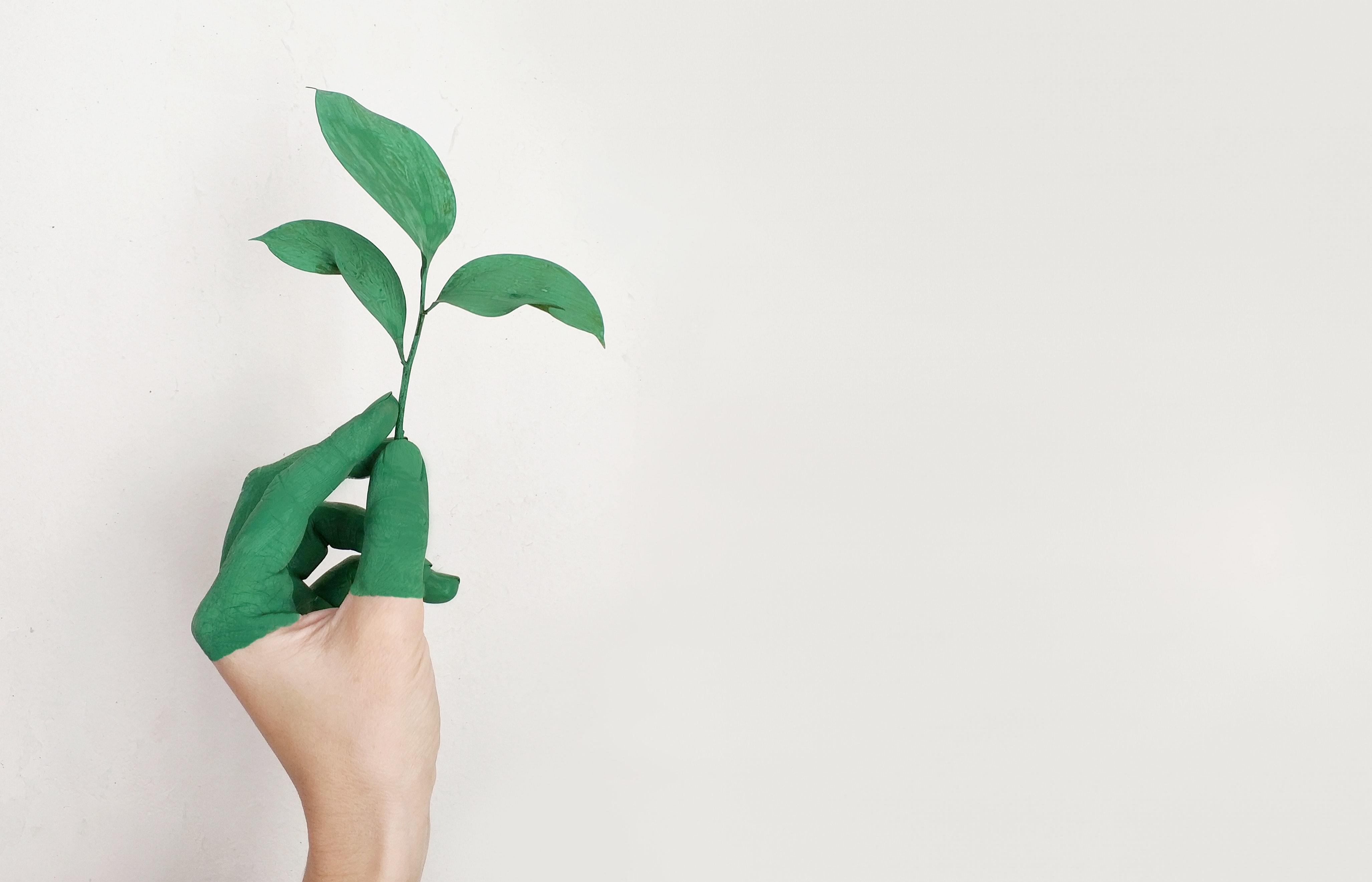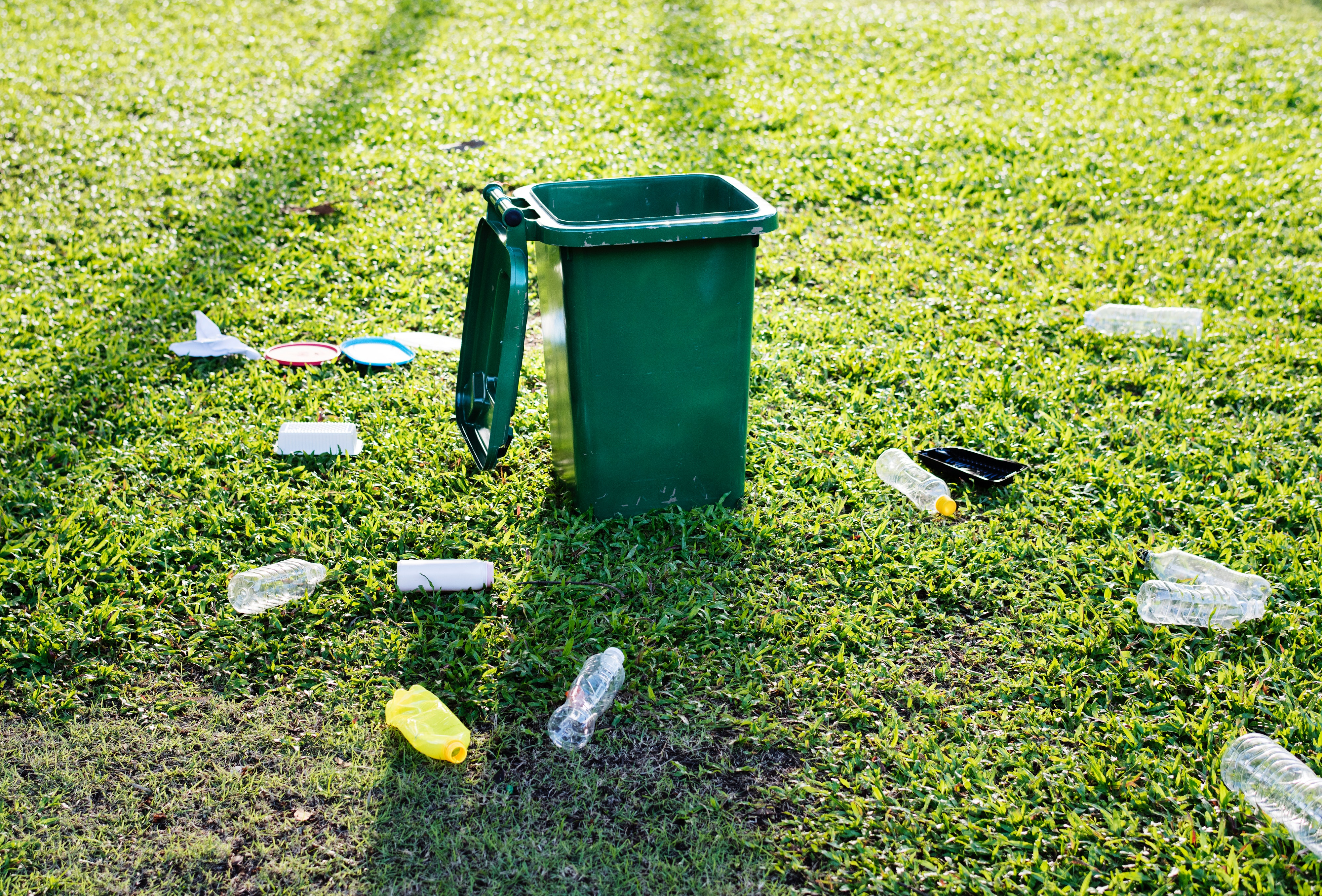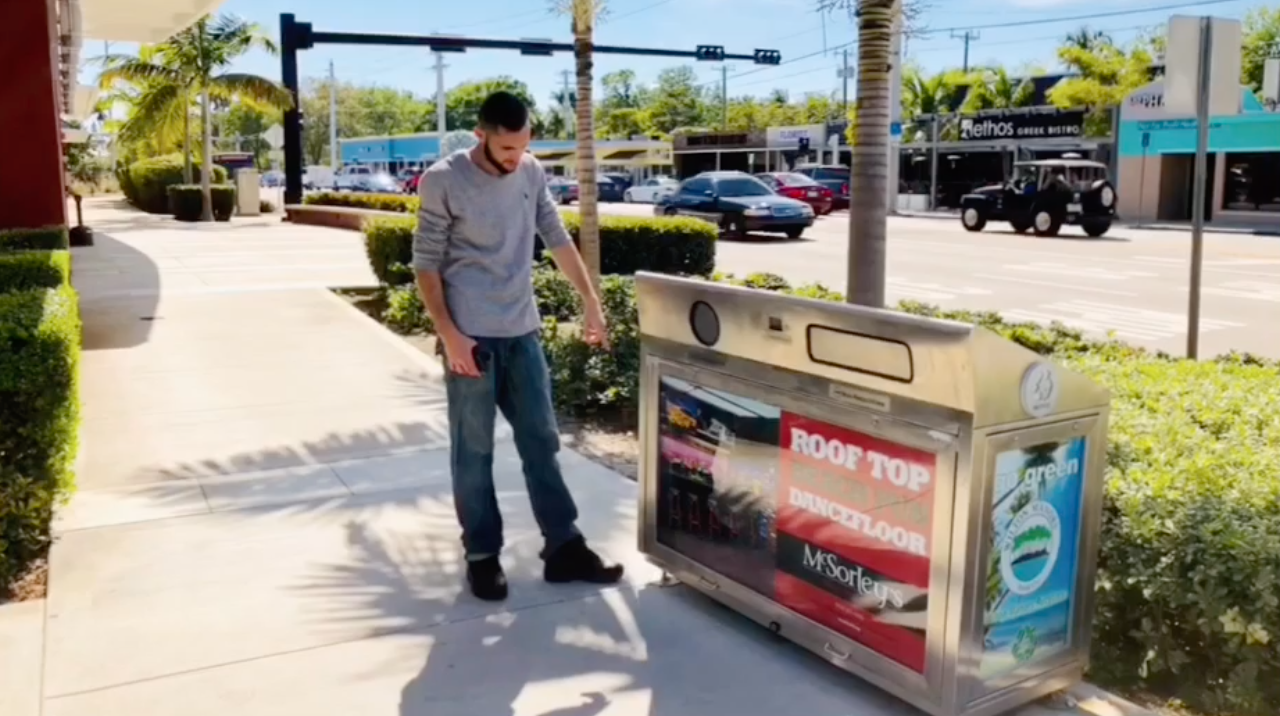Stainless steel is a green product. It is 100% recyclable, as it is not coated with any toxic material it does not produce toxic run-off. A huge difference can be made by companies and individuals by simply choosing stainless steel over non-recyclable materials. During production, stainless steel uses scrap metal as its primary raw material , with up to 70% of the product coming from recycled material. Increased efficiency in process technology has also decreased the amount of energy required to manufacture stainless steel. Even if stainless steel is not recycled and it does find its way to a landfill or disposal site, it will have no detrimental effect to the soil or groundwater. Stainless Steel is the preferred material for green building throughout the world. Its impact on the environment is minimal when compared to other materials and its life impact reduces significantly as it used and recycled.
LED lights are up to 80% more efficient than traditional lighting such as fluorescent and incandescent lights. 95% of the energy in LEDs is converted into light and only 5% is wasted as heat. This is compared to fluorescent lights which convert 95% of energy to heat and only 5% into light! LED lights also draw much less power than traditional lighting; a typical 84 watt fluorescent can be replaced by a 36 watt LED to give the same level of light. Less energy use reduces the demand from power plants and decreases greenhouse gas emissions.


